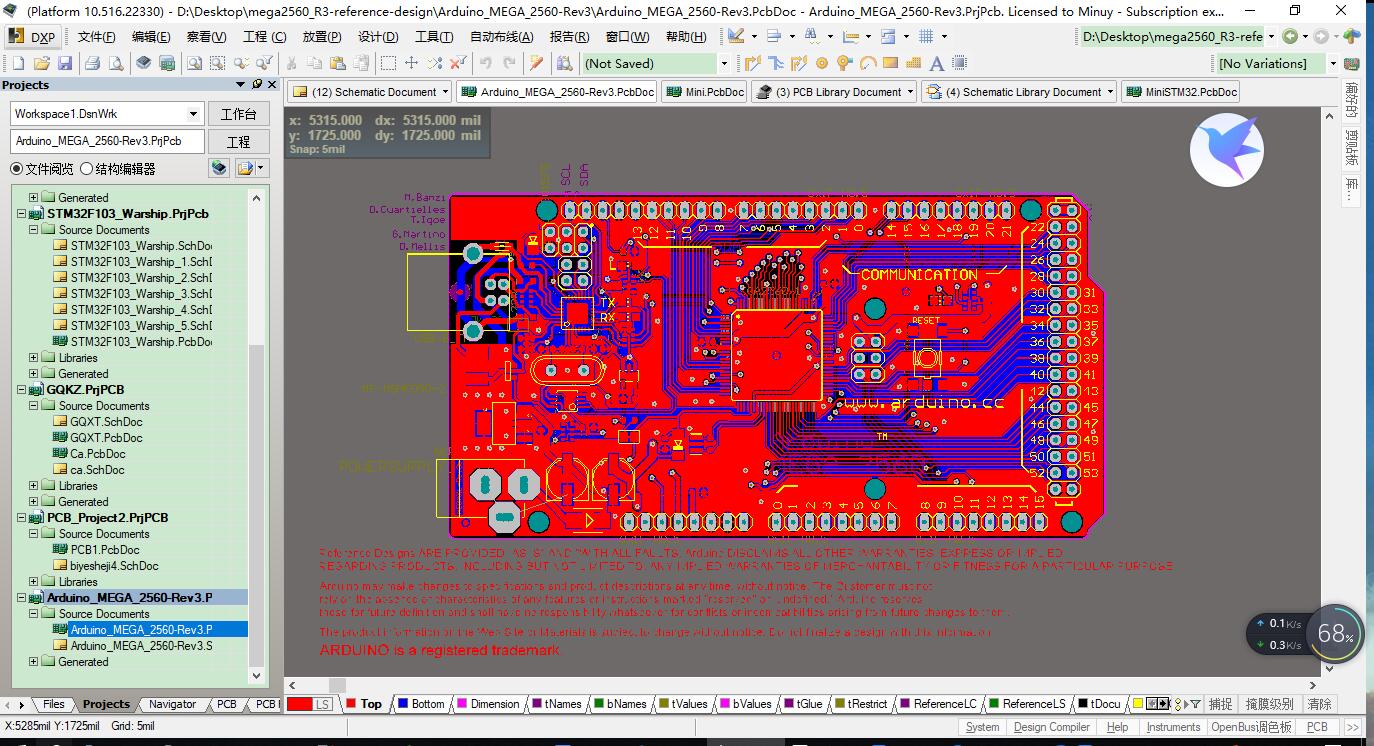

Where tau is the time constant of the filter. Integrator into a low-pass filter simply by changing the line Integrator, it has a finite gain at zero frequency. Such a filter behaves like an integratorįor any signal faster than its cutoff frequency but, unlike a simple Later it will drift again, due to components changing behavior as theĪ better option would probably be to not integrate, but instead use aįirst-order low-pass filter. There is, however, the risk that some time Subtract the drift rate from the 27.5 in the code, and fine tune until The output of the program drifts, and measure the drift rate. The same Arduino running the same program: disconnect the mains, see how

One way to mitigate this drift problem is to measure this average using Output of the integral will slowly drift and eventually become Your resistors R3 and R4 will not have identical resistance. Input of the Arduino is not going to be exactly 2.5 V, because Now, there is an issue with this approach: the average voltage at the Static uint32_t last_sample // last time sampledįloat dt = (now - last_sample) * 1e-6 // step time in seconds Like this: static float integral(float x) You could then integrate the voltage by running it through a function This could be written as float V = (analogRead(A0) * (5.0/1024) - 2.5) * 11 īut, in order to minimize the number of floating point operations, youĬan simplify it to float V = analogRead(A0) * (55.0/1024) - 27.5 to get the voltage at the output of the transformer, you have to.to get the voltage across R1, you have to subtract 2.5 V.the voltage at the Arduino input is analogRead(A0) * (5.0/1024).Not know whether you care or not about the units but, if you want the This will give you the voltage across R1 in units of 2.5 V.


 0 kommentar(er)
0 kommentar(er)
